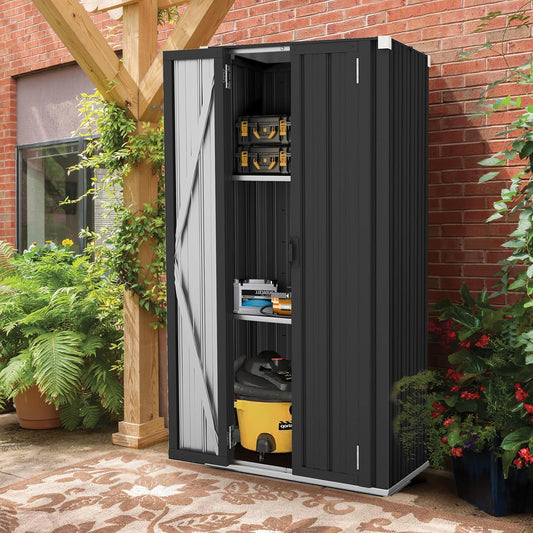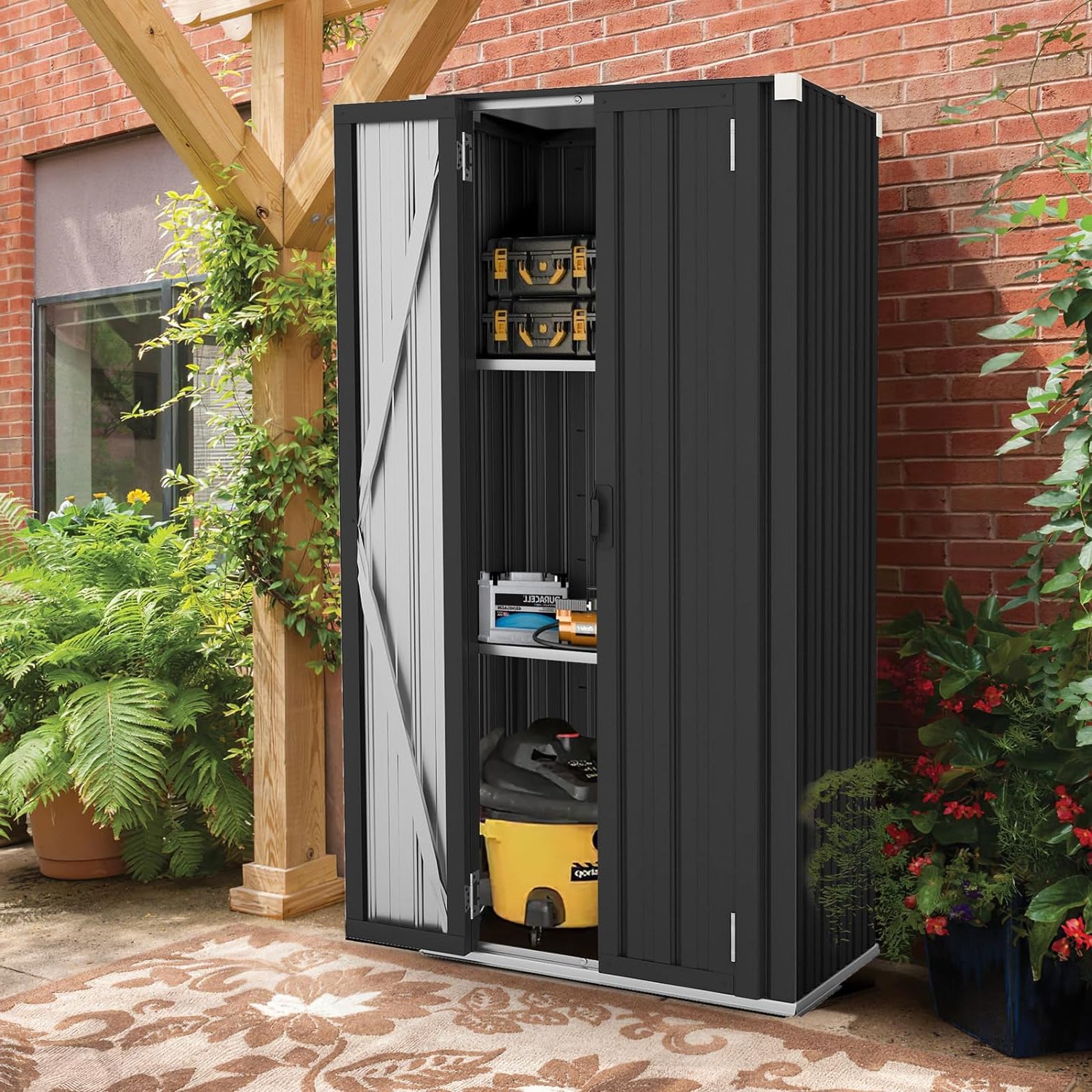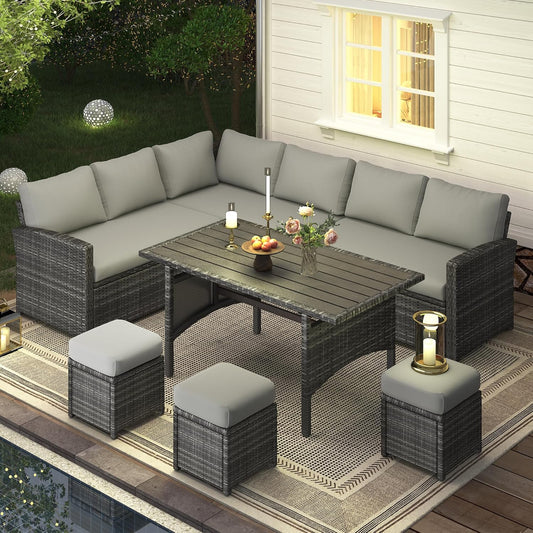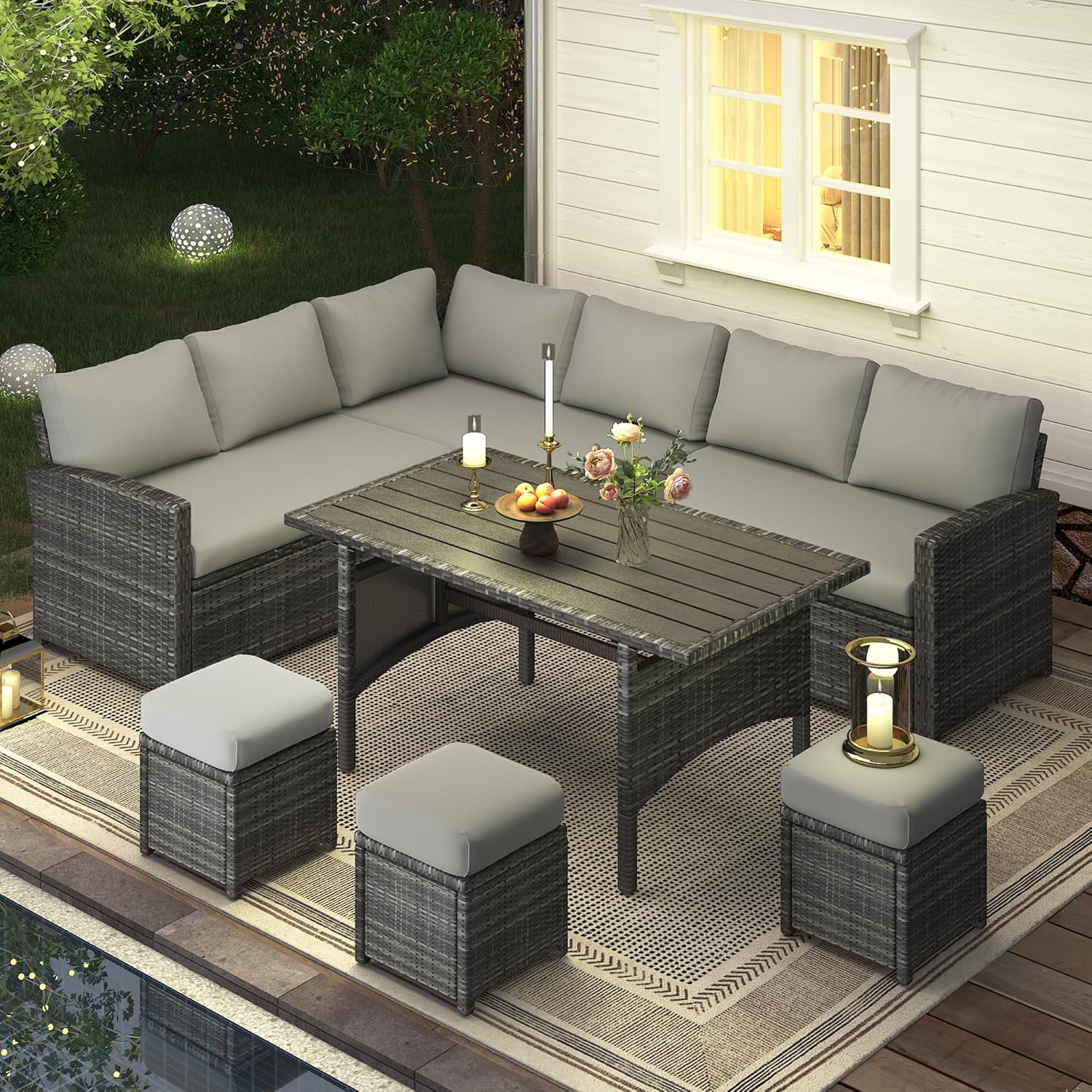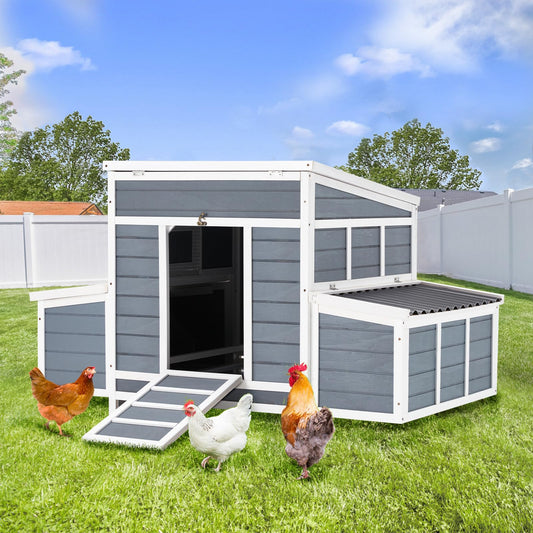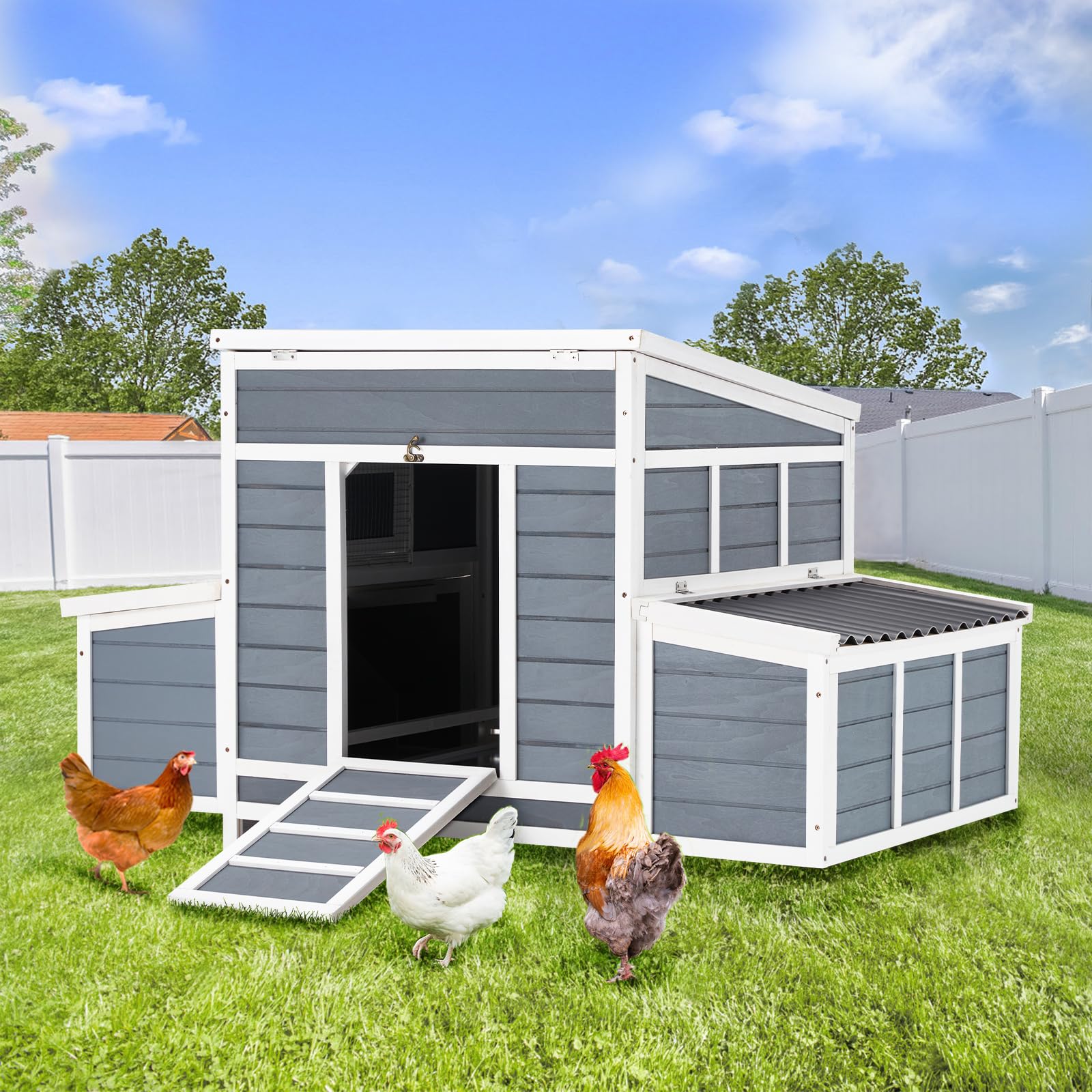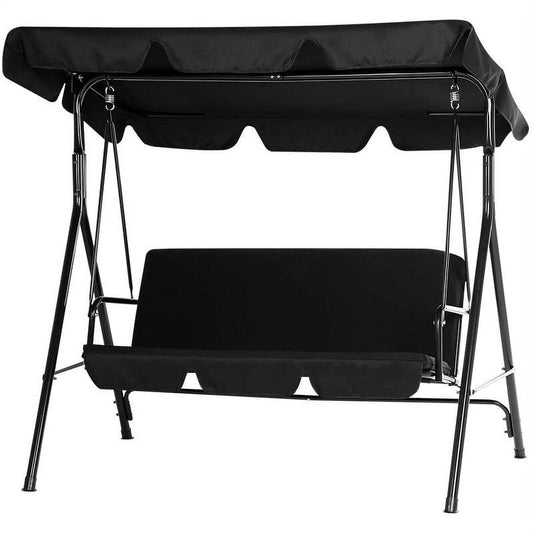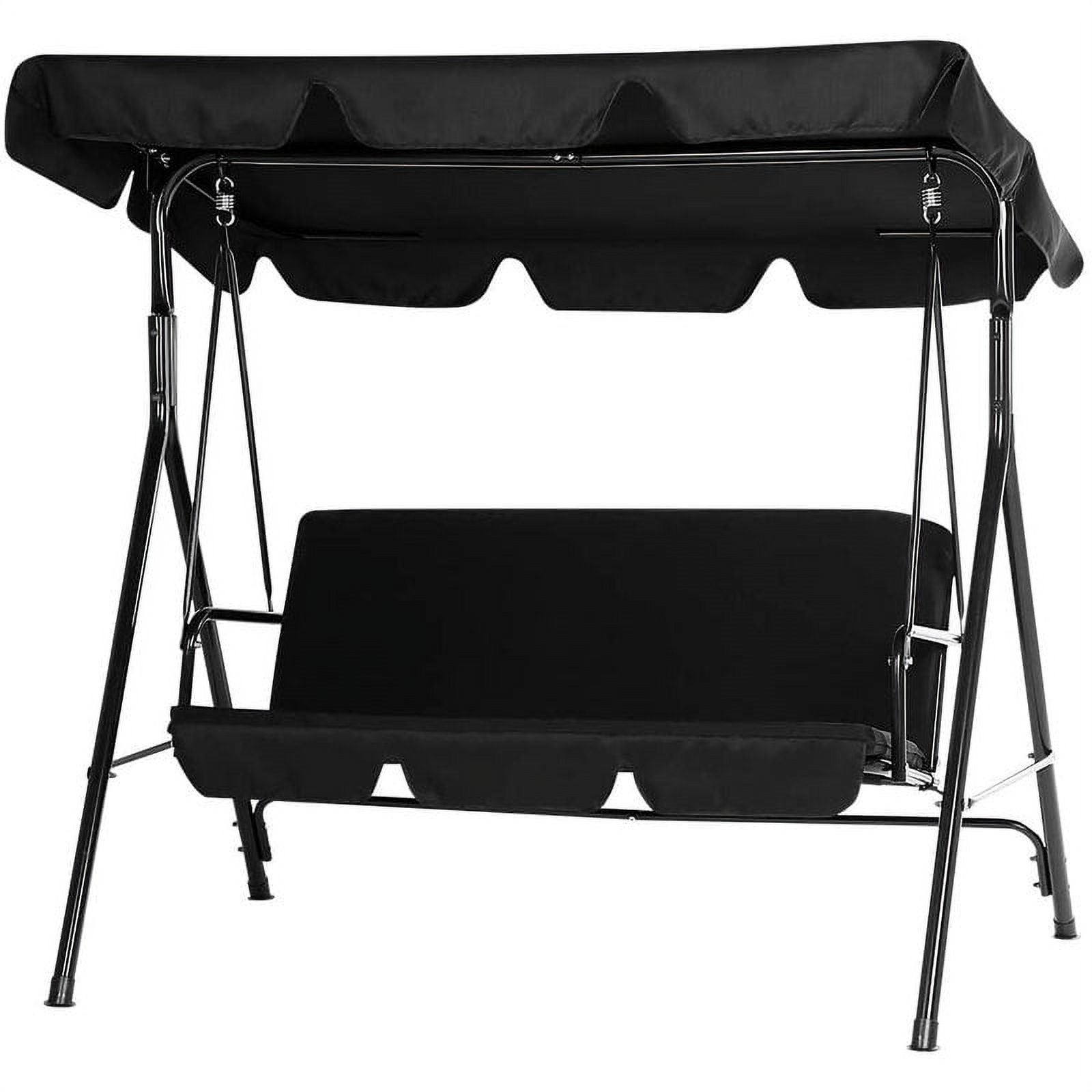When planning a pergola, most people focus on its size, material, or design—but pergola height is just as crucial. It’s not just about how it looks; the right height affects everything from how you use the space to how well it fits with your yard.
A pergola that’s too short can feel cramped, making it hard to stand up straight or hang plants. One that’s too tall might not provide enough shade, defeat its purpose, and even look out of place in your outdoor area.
Whether you’re following pergola blueprints or doing a custom build, getting the height right is key. It impacts safety too—tall enough to avoid head bumps but not so tall that it risks instability, especially during installation.
This guide will walk you through everything you need to know about pergola height, from standard measurements to factors that influence your choice. Let’s start with what’s typical.
Standard Pergola Height: What’s Typical?
If you look at most pergola blueprints or ready-made kits, you’ll notice a common range for standard pergola height. Usually, it’s between 8 and 10 feet from the ground to the top of the beams. This range works for most homes and outdoor spaces, and there’s a good reason why.
8 feet is often the minimum. It’s tall enough for most people to stand under without ducking—great for small patios or areas where the pergola is attached to the house. At this height, it feels cozy and provides decent shade, especially if you add climbing plants like vines or ivy.
10 feet is a popular upper limit for standard pergola height. It gives more vertical space, making the area feel open. This is ideal for larger yards or when you want to place tall furniture, like a dining table with umbrellas, under the pergola. It also works well if you plan to hang lights or fans from the beams.
Why this range? It balances functionality and aesthetics. Pergolas in this height range are easy to build during pergola installation, as they don’t require extra support structures. They also fit most local building codes, which we’ll talk about later.
Of course, standard doesn’t mean one-size-fits-all. Some pergolas are taller, like 12 feet, for very large spaces or to make a dramatic statement. Others are shorter, around 7 feet, for compact spots like a balcony. But if you’re new to building pergolas, starting with the standard range is a safe bet.
To give you a clearer idea, here’s a quick table showing common uses and their matching standard pergola height:
|
Use Case |
Standard Height Range |
Why It Works |
|
Small patio/balcony |
7-8 feet |
Cozy, fits tight spaces, easy to install |
|
Average backyard |
8-10 feet |
Balances shade and openness, fits most furniture |
|
Large outdoor area |
10-12 feet |
Feels spacious, works with tall plants or decor |

Now that you know the typical heights, let’s explore what factors should influence your final choice. If you choose YODOLLA 20' x 12' Outdoor Wall-Mounted Gazebo, make sure it fits your house. After all, your pergola should fit your space, not just a generic blueprint!
Factors to Consider When Choosing Pergola Height
Picking the right pergola height isn’t just about following a standard—your unique space and needs play a big role. Let’s break down the key factors that should guide your decision.
First, think about who will use the pergola. If you have tall family members or often host guests over 6 feet, a height of at least 8.5 feet makes sense to avoid awkward ducking. On the flip side, if it’s mainly for kids’ play or a small reading nook, a slightly shorter height (like 7.5 feet) can feel cozier.
Next, look at what you’ll put under it. A pergola over a dining set with tall chairs needs more headroom than one covering a simple bench. If you plan to hang large plants, a swing, or even a ceiling fan, add 12–18 inches to your base height to avoid these items hitting people’s heads.
Your yard’s surroundings matter too. If your pergola is near a two-story house, a taller structure (10–12 feet) can balance the look. But in a small yard with low fences, a shorter pergola (8 feet) won’t overwhelm the space. Also, check for overhead obstacles like tree branches or power lines—your pergola height needs to clear these by at least 2 feet for safety, especially during installation.
Finally, consider the material and design from your pergola blueprints. Wooden pergolas with heavy beams might need extra support if they’re too tall, while metal ones can handle more height without sagging. The style matters too: a modern, minimalist pergola might look better taller, while a rustic one fits well at a standard height.
How Pergola Height Affects Shade and Ventilation
You might not realize it, but pergola height directly impacts how useful the space is—especially when it comes to shade and airflow. Let’s see how.
Shade depends on the angle of the sun and the pergola’s slats. A shorter pergola (8 feet) with closely spaced slats creates more consistent shade because the slats block more sunlight from above. This is great for hot, sunny climates where you want to escape the heat during midday. However, if the slats are too close, it might feel dark, so balance is key.
Taller pergolas (10 feet or more) let more sunlight filter through, creating dappled shade. This is perfect for cooler areas or if you want to grow sun-loving plants under the pergola, as they’ll get enough light. But in peak summer, the shade might be less effective—you can fix this by adding a retractable canopy, which works better with taller heights since there’s more room to install it.
Ventilation is another factor. Taller pergolas allow hot air to rise and escape, keeping the space cooler on warm days. This is a big plus for outdoor kitchens or dining areas where heat from grills can build up. Shorter pergolas trap more air, which can be good in windy areas (less draft) but might feel stuffy in humid weather.
A quick example: A 9-foot pergola in a warm, windy area strikes a nice balance. It’s tall enough for decent airflow but short enough to provide solid shade during the hottest hours. Adjust based on your climate—ask yourself: Do I need more shade to cool down, or more height to let heat escape?
Now that we’ve covered how height affects comfort, let’s talk about the rules—local building codes and regulations that might limit your choices. After all, you don’t want to finish installation only to find out your pergola is too tall!

Local Building Codes and Regulations
Before finalizing your pergola height, it’s crucial to check local building codes—ignoring them could lead to fines or having to rebuild, which no one wants after putting in the time for pergola installation.
Most areas have specific rules for structures like pergolas, and height is often a key point. In many residential neighborhoods, the maximum allowed height for a freestanding pergola is 10–12 feet. If your pergola is attached to your house, the limit might be lower, sometimes matching the roofline or capped at 8–9 feet to avoid blocking views for neighbors.
Why these rules? They’re meant to keep spaces safe and fair. Taller structures can block sunlight for nearby yards, create wind tunnels, or even pose a risk in storms if not built properly. Some areas also have restrictions based on property lines—your pergola might need to be a certain distance from fences or roads, and height limits can get stricter closer to these boundaries.
How to find your local codes? Check your city or county’s website under “building permits” or “residential structures.” You can also call the local building department—they’ll often walk you through the requirements for free. Many pergola blueprints include notes on common code compliance, but always verify with your local office since rules vary.
Pro tip: If you’re hiring a pro for pergola installation, they should handle code checks, but it’s smart to ask for details. For DIY builds, getting a permit (if required) might take a few weeks, but it’s worth it to avoid issues later.
Customizing Pergola Height for Your Space
Once you know the rules and standard heights, it’s time to tailor the pergola height to your unique yard. Customization is where your pergola goes from “generic” to “perfect for you.”
Start with a simple test: Stand in the spot where the pergola will go and imagine different heights. Hold a broomstick vertically to mimic the posts—8 feet might feel snug, 10 feet open. Take photos from different angles to see how it fits with your house, trees, and other outdoor features.
For sloped yards, height can vary slightly across the pergola to follow the terrain. For example, the side near the house might be 9 feet, and the far side 8 feet, keeping the structure level but matching the ground’s slope. Just make sure the lowest point is still tall enough for comfortable use.
If you love the look of a taller pergola but local codes cap it at 10 feet, add decorative elements like taller posts with finials (ornamental tops) to give the illusion of height without breaking rules. These don’t affect the functional height but add visual interest.
Another trick: Use the pergola’s design to adjust how height feels. A pergola with thicker beams can look sturdier at a shorter height, while slim, sleek beams work well for taller structures without feeling overwhelming.
Remember, the goal is a pergola that fits your life. If you host big BBQs, prioritize headroom. If it’s a quiet reading spot, a cozier height might be better. With a little planning, you can check all the boxes: code-compliant, functional, and stylish.

Next up: What if you build your pergola and later realize it’s too short? We’ll cover how to raise pergola height safely and effectively.
How to Raise Pergola Height
Sometimes, even after careful planning, you might find your pergola is too short. Maybe you added taller furniture or want more shade—whatever the reason, learning how to raise pergola height can save you from rebuilding the whole structure.
💡 If budget is a concern, check out our guide [How to Raise Pergola Height on a Budget: 4 Easy and Affordable Methods] for step-by-step, low-cost solutions before you commit to a major rebuild.
First, check if your current posts are sturdy enough. If they’re made of wood or metal and in good condition, you can extend them. For wooden posts, the easiest way is to attach longer pieces using metal brackets or overlapping joints. Make sure to secure them with screws or bolts, then seal the connection to prevent water damage. For metal posts, look for extension sleeves designed for your pergola’s brand—these slide over the existing posts and lock in place, adding 1–2 feet of height.
If your posts aren’t strong enough to extend, you’ll need to replace them. This is more work but doable. Start by removing the beams from the top of the posts (you might need a helper to hold the beams steady). Then, dig out the old posts and set new, taller ones in concrete to ensure stability. Once the concrete dries, reattach the beams—this method lets you add several feet to the pergola height if needed.
No matter which method you use, safety comes first. Make sure the extended structure is level and secure, especially if you live in a windy area. It’s also a good idea to check if raising the height violates local codes—some areas have strict limits, and even a small increase might require a permit. If you’re unsure, refer back to your pergola blueprints or consult a professional during pergola installation for guidance.
Conclusion: Finding the Perfect Balance
Choosing the right pergola height is all about balance—between functionality, aesthetics, and rules. It starts with understanding standard pergola height (usually 8–10 feet) but adjusts based on your needs: how you use the space, what you put under it, and your yard’s layout.
Remember, pergola height affects more than just looks. It impacts shade, ventilation, and even safety. Too short, and it feels cramped; too tall, and it might not be stable or could break local codes. By considering factors like who uses it, your climate, and nearby structures, you can find a height that works for you.
If you need to adjust later, knowing how to raise pergola height gives you flexibility. And whether you’re following pergola blueprints or customizing, always check local regulations to avoid headaches during or after installation.
At the end of the day, the perfect pergola height is one that makes your outdoor space more enjoyable—where you can stand tall, relax comfortably, and make the most of every sunny (or shaded) moment.









